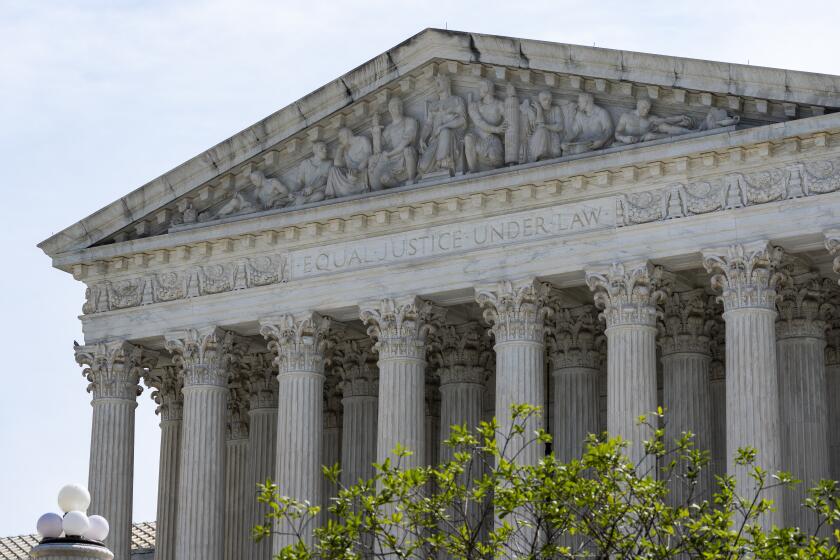Mississippi River crests at Vicksburg, with relief
- Share via
The Mississippi River reached its crest at Vicksburg on Thursday without breaching its main levee or inundating the city, but academic experts say the flood has raised troubling long-term questions about how the nation’s largest waterway is managed.
The river crested at 14.1 feet above flood stage in the Mississippi city, moving at 13 mph, more than double its normal velocity of 5 mph, the U.S. Army Corps of Engineers said.
It was carrying 17 million gallons of water per second, enough to fill the Rose Bowl in about five seconds.
The crest represented a new high-water mark since records began in 1827, though fortunately it was few inches below the expected peak, officials said.
Vicksburg is the last major city along the river before the water reaches spillways that can divert the flow down the Atchafalaya River and its adjoining swamp.
“It is good news … but today is not the day to declare victory,” said Col. Jeffrey R. Eckstein, commander of the corps’ Vicksburg District.
Eckstein said the river would remain at flood stage and out of its banks until mid-June, requiring close surveillance to ensure levees are not damaged and breached.
The flood claimed its first victim, Walter Cook, 69, who was found floating near downtown Vicksburg by the time firefighters reached him.
Climate and river experts say the 2011 flood is more evidence that mismanagement of the river has increased the risk of flooding.
Robert Criss, professor of Earth and planetary science at Washington University in St. Louis, said flood estimates by the corps had grossly minimized the danger and had resulted in urban development along the banks that had put more communities at risk.
At Hannibal, Mo., for example, the river has experienced a 70-year, a 200-year and a 500-year flood in the last 18 years, and 10-year floods in each of the last three years, all of which Criss said were statistically impossible.
“They don’t know what a 500-year flood is or a 10-year flood is or anything else,” Criss said. “There isn’t one chance in a thousand they are correct. We can’t imagine what the geologic world can dish up.”
The flood estimates are crucial because they are used to establish the cost of flood insurance. Underestimating flood risk results in lower insurance rates and encourages more urban development along the river’s floodplain, Criss said.
Corps officials have strongly disputed Criss’ critique that the construction of jetties and levees have left the river more vulnerable to flooding. Bob Anderson, a spokesman for the Mississippi Valley Division of the corps, said the 2011 flood is truly historic, noting that rains across the Ohio River Valley were 600% to 1,000% above normal this year.
But Anderson acknowledged that the corps may have to reconsider its probability estimates of flooding along the river.
The corps has opened all of its spillways on the river for the first time in history, diverting as much water as possible at Bonnet Carre, Morganza, Old River Control Structure and Birds Point.
Jeffrey Masters, a meteorologist at WeatherUnderground.com, said the current flood would have been easier to handle 50 years ago, before so much urban development along the banks constrained its flow and sediment robbed reservoirs of capacity.
Masters said that if a truly historic flood did occur in the future, the corps’ spillways, levees and control structures could all be swept away and New Orleans would be left flooded. But corps officials said they had heard such criticism before and it was simply wrong.
“The system is performing as designed,” Eckstein said.
More to Read
Sign up for Essential California
The most important California stories and recommendations in your inbox every morning.
You may occasionally receive promotional content from the Los Angeles Times.














